GAS bills 101
Business’ gas bills are generally comprised of two components:
Retail and wholesale charges; and
Network charges.
Retail and wholesale charges make up approximately 85% of a business’s gas bill, and include costs related to the production of gas resources.
Network charges make up approximately 15% of a business’s gas bill, and include fees and charges for the cost of transporting (transmission and distribution) of gas to businesses.
Figure 6 from the third edition of the briefing for Australian businesses.
Prior to 2015, Australia’s east coast gas market was not closely linked to international markets. For many years industrial customers enjoyed stable and relatively low gas prices of between $3 and $4 per gigajoule (GJ), rising to around $6 per GJ by 2015.
In late 2015 liquefied natural gas (LNG) exports from Queensland commenced, transforming the east coast gas market. Exporters committed a large percentage of available gas supply to the higher priced international gas market. Gas production failed to expand fast enough to meet this increase in gas demand, creating a domestic gas shortfall. The price of east coast gas rose dramatically, especially for industrial and commercial consumers. Gas prices offered to businesses in bilateral contracts varied substantially, with some offers in 2017 exceeding $20 a GJ.
Concern around the gas supply shortfall and high prices prompted the Federal Government to establish the Australian Domestic Gas Security Mechanism (ADGSM) in 2017. Under the ADGSM, Queensland gas producers can be compelled to release gas into the east coast market if supply to the domestic market is assessed to be insufficient. Gas prices have fallen since the Federal Government made it clear it was willing to enact the ADGSM. Gas producers have made more gas available to the domestic market, and retail price offers for industrial users moderated to around $10 per GJ in 2018, a price point that remained relatively steady into 2019.
Since March 2020 and the onset of COVID-19 pandemic, gas prices have plummeted to around $5 per GJ, although futures prices indicate that they’re likely to return to $10 per GJ. But given geopolitical tensions and uncertainty around the trajectory of the global recovery from recession, the timeframe for this price rise is uncertain.
To learn more, read Section 2 of the latest briefing for Australian businesses and check out the latest edition of the Energy briefing quarterly update for the latest information on gas prices.
Click here to return to the Energy 101s page.


